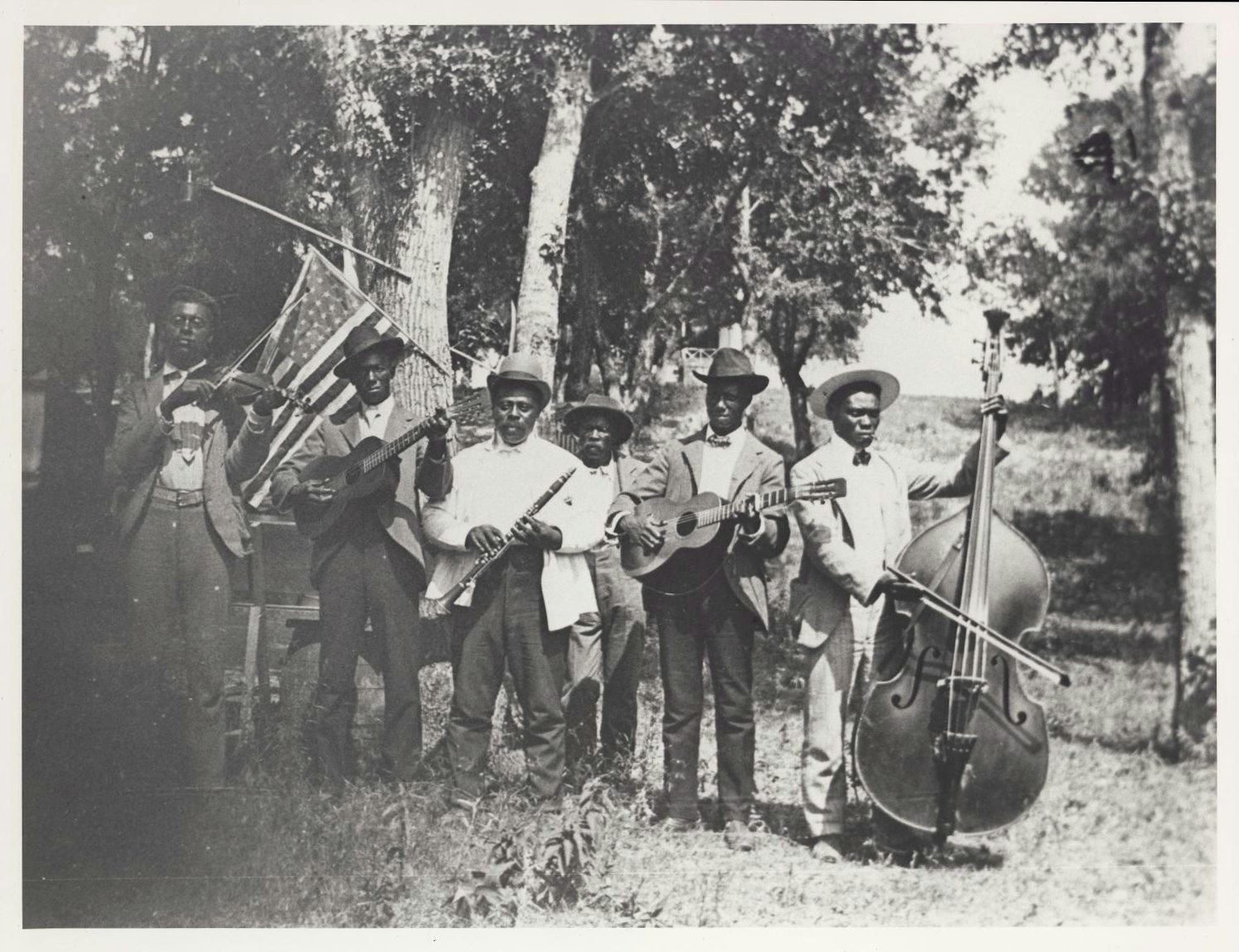Black Churches
The Black church has long been a cornerstone of Austin's freedom communities—spaces where formerly enslaved people and their descendants built lives rooted in faith, education, economic self-sufficiency, and political empowerment. From the late 19th century through the 1930s, these numerous churches were born throughout Austin.
Jacob Fontaine: Pastor, Publisher, and Pioneer
Born into slavery in Arkansas in 1808, Jacob Fontaine was brought to Austin in 1839 by Episcopal minister Edward Fontaine. While still enslaved, Jacob began preaching to Black congregants in the basement of a Methodist church. After emancipation, he founded the First Baptist Church (Colored) in 1867—the first Black Baptist church in Austin, located where the Austin History Center now stands citeturn0search6.
Fontaine's leadership extended far beyond the pulpit. He established six churches across Central Texas, including:
- Mount Zion Baptist Church (Williamson Creek, 1873)
- Good Hope Baptist Church (Round Rock, 1874)
- Sweet Home Baptist Church (Clarksville, 1877)
- New Hope Baptist Church (Wheatsville, 1887)
- St. Stephen's Baptist Church (Waters Park, 1887)
In 1876, he launched The Gold Dollar, one of the first Black-owned newspapers in the South, providing a vital platform for Black voices in Austin.
The St. John Regular Baptist Association: A Network of Empowerment
In 1867, Fontaine and fellow ministers Jessie B. Shackles, John Winn Sr., Calvin Allen, Buffington, and Horace Smith convened under a large oak tree in Wheatsville (now part of UT Austin’s West Campus) to form the Travis County Association, later renamed the St. John Regular Baptist Association citeturn0search1.
This association unified Black Baptist churches across Central Texas, fostering collaboration in ministry, education, and economic development. By 1906, the association had purchased over 300 acres in Northeast Austin, establishing the St. John Orphan Home and Industrial Institute. Modeled after Booker T. Washington’s Tuskegee Institute, it provided vocational training in agriculture, shoemaking, sewing, and printing citeturn0search15.
The area became known as the St. John community, hosting annual encampments that drew thousands for worship, education, and fellowship. Today, this legacy endures in the St. John neighborhood and the St. John Encampment Commons, part of the ACC Highland Campus.
Black Churches in Austin (19th Century–1930s)
Between emancipation and the 1930s, numerous Black churches were established in Austin, serving as spiritual and communal anchors:
- First Baptist Church (Colored), 1867
- Mount Zion Baptist Church, 1873
- Good Hope Baptist Church, 1874
- Sweet Home Baptist Church, 1877
- New Hope Baptist Church, 1887
- St. Stephen’s Baptist Church, 1887
- Mount Sinai Baptist Church (originally Main East Austin Baptist Church), 1899
These churches were integral to Austin’s freedom colonies, offering sanctuary, education, and a foundation for civic engagement.
Continuing the Legacy
The contributions of Jacob Fontaine and the St. John Regular Baptist Association laid the groundwork for generations of Black leadership in Austin. Their efforts in establishing churches, educational institutions, and community networks have left an indelible mark on the city's history.
To explore this rich heritage further, consider visiting the Jacob Fontaine Religious Museum or attending events hosted by the St. John Regular Baptist Association. Their stories are not just history—they are a testament to the enduring spirit of Austin's Black communities. https://www.stjohnbaptistassociation.org/
Sources
https://texashistory.unt.edu/explore/partners/JFRM/
https://www.kut.org/austin/2024-02-26/st-john-baptist-church-association-austin
https://www.kut.org/austin/2024-02-26/st-john-baptist-church-association-austin
https://traviscountyhistorical.blogspot.com/2022/02/st-john-orphan-home-and-industrial.html
https://www.stjohnbaptistassociation.org/history-of-st-john/


